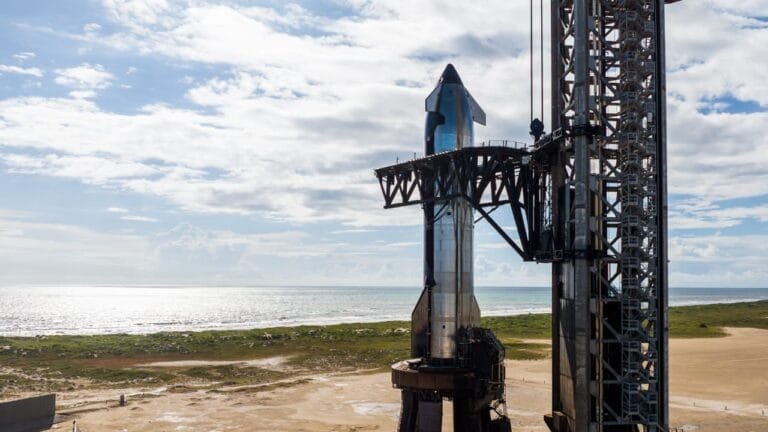
Clay-rich deposits in Gale Crater point to a wet Martian past
Mars, also known as the Red Planet, has fascinated humans for centuries. In recent decades, various minerals and features found on its surface have inspired scientists to explore the possibilities of life on the planet. The most important of these is the thick layers of clay. These layers may be strong evidence for the existence of water and possible life in the past of Mars.
What is clay and why is it important?
Clay is a group of minerals that are primarily based on silicate composition and have a water culture, meaning that they form only in the presence of water. Role on Earth Clay on Earth is believed to be able to preserve fossils and biological molecules. Clay protects molecules from radioactivity and volcanic decay. How is finding on Mars important? The discovery of thick layers of clay on Mars suggests that water may have been present in the past and may be a subtle but important way to preserve the early stages of life.
Where were thick layers of clay found on Mars?
NASA’s Mars Reconnaissance Orbiter (MRO) and rovers like Curiosity have identified about 150 clay-rich locations on Mars. Researchers have found traces of such reservoirs, especially in Hellas Basin, Gale Crater, Columbus crater, Mawrth Vallis, and Oxia Planum.he thickness and dimensions of the layers These clay layers can be hundreds of feet thick and spread over a large area, indicating that water must have been present there for a long time.
Where did the clay form and why did it remain stable?
Low elevation with low spread characterizes these layers, which typically exist in stable plains where water collects to form ponds or lakes. Many river valleys flow rapidly in the opposite direction, potentially carrying away the soil; however, they only develop in locations that can retain them. On Earth, dense and wet areas create soil, and similarly, on Mars, this process occurs slowly and continuously, leading to the formation of deep layers. These layers likely formed about 3.7–4 billion years ago during a period when Mars maintained a relatively warm and humid atmosphere. During that time, permanent water bodies existed on the planet, including rain-fed lakes and calm flows that provided a favorable environment for soil layer formation.
The mystery of the lack of carbonate associated with soil Why no carbonates?
Mars lacks the required amount of carbonates that would have locked CO₂ in rocks. Studies show that clay creates a suitable environment by absorbing water and CO₂ but prevents the formation of carbonates. Chemicals trap within the layers. The composition of clay layers allows them to absorb water and chemical particles in the interlayers and block the path of carbonate formation. Possibility of biochemical preservation exists. Fossils get preserved by clay, as many fossils on Earth are found preserved in clay.
The Curiosity rover found the presence of water, flat pH, and carbon-based molecules in the soil at Yellowknife Bay (Gale Crater), which are favorable for microbial life. Curiosity recently found long carbon chains (decane, undecane, dodecane) in 3.7 billion-year-old Cumberland samples that could be signs of biological origin. The search will continue at potential sites such as Oxia Planum, a 3.6–4 billion-year-old residual clay plain associated with ESA’s ExoMars mission, and Mawrth Vallis, known for layers of phyllosilicate (clay). Researchers included this site in the study for Roscosmos/ESA ExoMars. Curiosity found minerals such as boron and silica in the sediments at Gale Crater / Murray Formation, highlighting oxic conditions. Crater remains of glaciers and ponds Zithnium-rich clays and sulfates found, a sign of freshwater Hellas Basin Large scale presence of clay basins in an ultra-stable plain.
Significance and future plans
Next rover missions, including ESA ExoMars Rosalind Franklin rover and NASA Perseverance, will study clay layers. Scientists will conduct sample return missions, and researchers will aim to find fossils or molecules as a key goal of the Mars return mission. Labs will create simulations on Earth, and experiments on clay formation will investigate microbial preservation in Mars-like environments.
Conclusion
Thick clay layers on Mars are evidence of long-term water presence These sites are located in inactive low-turbulence plains that make them ideal locations for scientists to look for microbial life and organic molecules Curiosity rover has actually found carbon chains, breaking the stereotype Future missions will prioritize these sites so that we can find perhaps the most convincing evidence in the history of the search for life on Mars.






